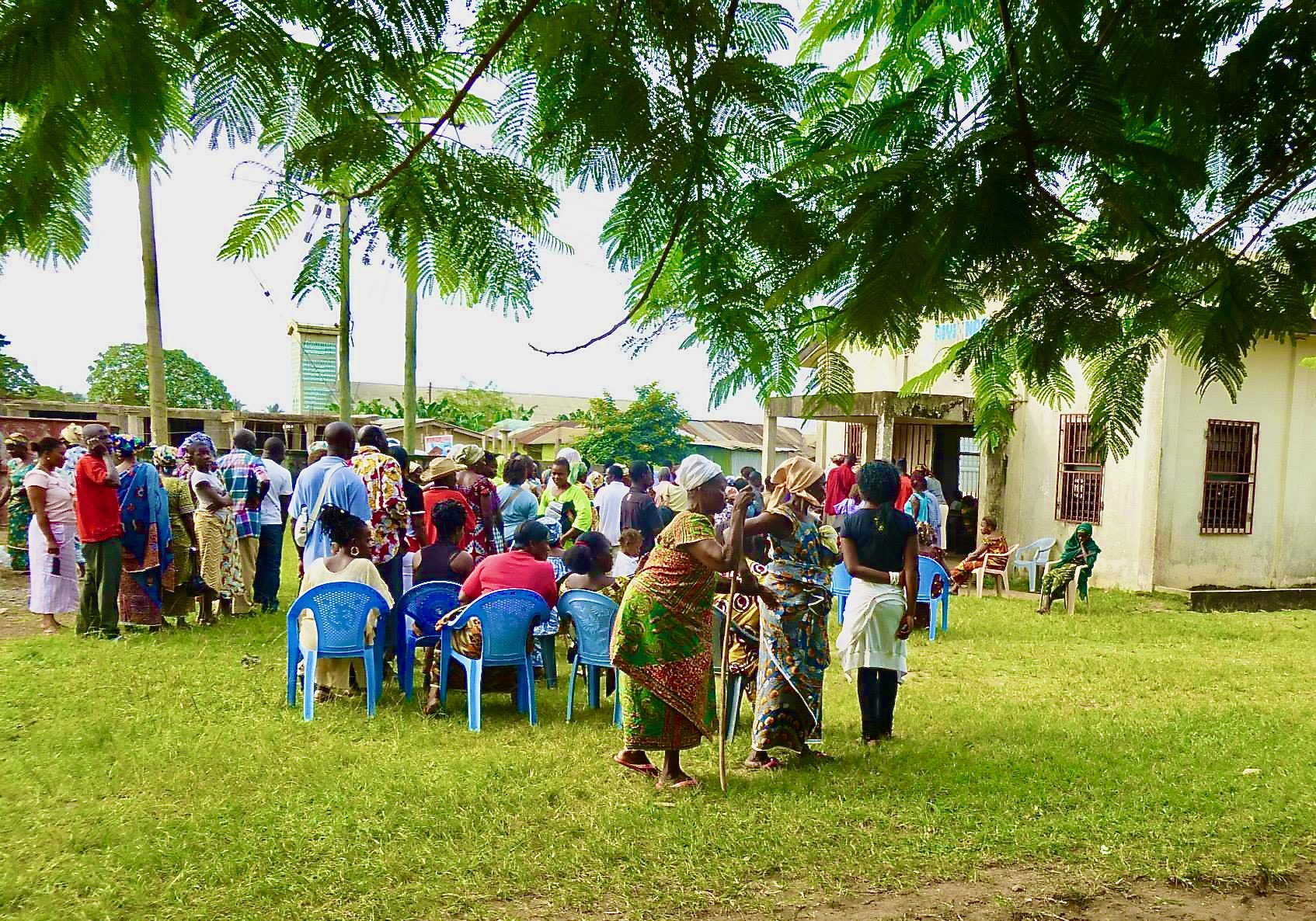
MONITORING AND EVALUATION CERTIFICATE
Module 1: Program Evaluation Overview
Program evaluation is a way in which implementers, stakeholders, beneficiaries, and evaluators measure existing outputs, outcomes, and impacts against the program’s original goals.(1) Program evaluation is necessary to determine the success of both the implementation process and the overall impact of a program, as well as contributing to the relevant evidence base. Many large-scale global health foundations and funding agencies, such as the United States Agency for International Development (USAID), require grant recipients to provide an evaluation plan with the submission of their grant proposal, as well as a budget for the evaluation.(2) Unfortunately, program evaluation is not always given appropriate emphasis in program development, and is rarely integrated into the programmatic structure from the beginning of the planning phase.(3) Ideally, evaluation is incorporated from the initial program planning phases in order to allow for the most robust evaluation design. This timeline is more likely to produce higher quality data that is more useful in the long term.(4) In many situations, the evaluation process begins only after the program has already been established, which creates a number of constraints for the evaluators.(5)
Program evaluation should be designed in consultation with relevant stakeholders, particularly the communities who will be the ultimate beneficiaries of the analyzed data and any resulting policies. Once evaluators have identified the reason and the audience for the evaluation, as well as the potential constraints, a plan for the evaluation process can be developed.(6) Depending on the needs and expectations of clients, stakeholders, and beneficiaries, the evaluation will have several essential components: a logic model, program theory, process or implementation evaluation, and an impact evaluation. Each of these components will be discussed in the following modules. Once all essential components of the evaluation process have been completed and the data has been collected and analyzed, it is necessary to understand how to best disseminate and utilize the information collected in the evaluation.(7) This may include feedback for program improvement, reports for funders and clients, and pertinent information for policy makers.
Footnotes
(1) Issel, L.M. (2009). Health program planning and evaluation: A practical, systematic approach for community health (2nd ed.) Sudbury, MA: Jones and Bartlett Publishers.
(2) USAID. (2016). USAID Evaluation Policy. Washington, D.C. https://www.usaid.gov/sites/default/files/documents/1870/USAIDEvaluationPolicy.pdf.
(3) Milstein, R.L., and Wetterhall, S.F. (1999). Framework for program evaluation in public health. MMRW: Recommendations and Reports, 48(RR11): 1-40.
(4) McCawley, P.F. (2001). The logic model for planning and evaluation. University of Idaho.
(5) Bamberger, M., Rugh, J., and Mabry, L. (2006). Real world evaluation: Working under budget, time, data, and political constraints. Thousand Oaks, CA: Sage Publications, Inc.
(6) Taylor-Powell, E., Steele, S., and Douglah, M. (1996). Planning a program evaluation. University of Wisconsin-Extension. https://learningstore.uwex.edu/Assets/pdfs/G3658-01.pdf.
(7) The Centers for Disease Control and Prevention [CDC]. (2018). Disseminating program achievements and evaluation findings to garner support. Evaluation Briefs, No. 9. https://www.cdc.gov/healthyyouth/evaluation/pdf/brief9.pdf.
